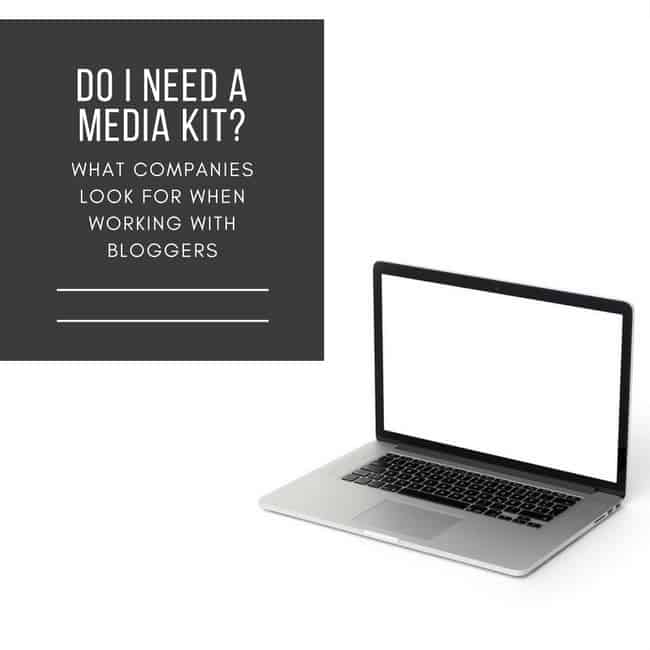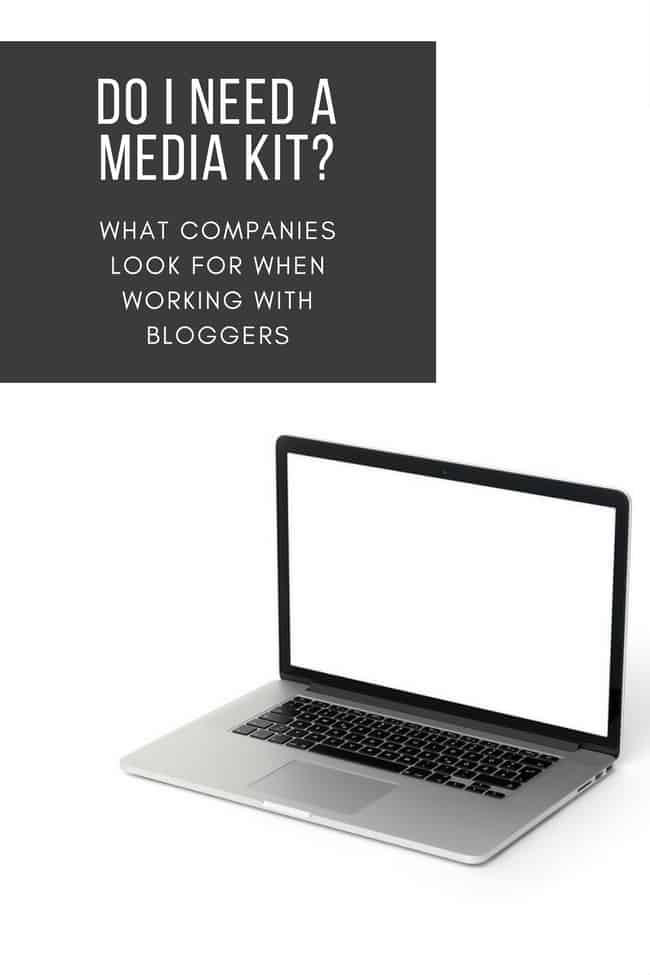
Before I got serious about blogging, I had no idea what a media kit was. I guessed that it was something related to media…in kit like form, but what exactly I had no clue. So do I need a media kit?
Now, I’m well into the current iteration of my media kit and can say that, without a doubt, if your goal in blogging is to work with brands, you absolutely need a media kit.
Basically, a media kit highlights what you and your blog are about, your site’s statistics, an overview of your demographics, and highlights of past work with large and small brands. Some people prefer short and sweet one-page media kits while others opt for multi-page kits. There are pros and cons to both, but if you’re relatively new to blogging or haven’t worked with large brands before, the shorter media kit is probably best.
What are brands looking for in a media kit?
So, what should you include in a media kit? What are companies looking for when working with bloggers? I asked a Content and Social Media Manager from a large company what she looks for when recruiting bloggers to work with and these were the top five things she recommends having on your site and in your media kit if you’re interested in working with brands.
Social Media Buttons
Before checking out your social media stats in your media kit, you can be sure that companies are doing some background work. If your site doesn’t have easy to find social media buttons to your channels, it’s a red flag that you might not have a lot of traction outside of your blog.
Your Email Address
When you’re putting together your media kit and gathering information for your website, don’t forget to include your email address. Our expert said that there have been many times when she’s overlooked a blogger, because there was no easy way to contact them by email.
A Professional Looking Media Kit
The word “professional” can mean a lot of things to a lot of different people, so I asked her to clarify. “I’m looking for a media kit that’s branded with your logo or site colors for consistency. It should be easy to read, have a good flow, and call out the important information instead of burying it in the text.
I also almost immediately turn down any blogger with cartoonish graphics or a font that’s too hard to read. I want to make sure they’re able to present our brand in a professional manner and if their media kit is anything but, I don’t have much confidence in their ability to deliver high-quality work for us.”
Statistics
If you’re not sure what to include as far as statistics, start with the big three and go from there. They include: unique monthly visitors, monthly pageviews, and email subscribers. Your followers on all the social media channels that you actively use should also be listed on your media kit.
“Don’t forget your demographics! I need to make sure that your audience aligns with our target demographic,” our expert warned. She also mentioned that it’s really important not to inflate your numbers, because everything is verified – especially your blogging statistics.
“If someone has listed their pageviews as 500,000 a month and I check and see that they really only have 50,000 a month, there’s no way I’ll ever contact them. Remember, best foot forward. Always.”
Your website URL
“You won’t believe how many media kits I’ve downloaded – and let me just say they should always be in PDF format – that didn’t list the URL of the site. They had the blogger’s name, pictures of their kids, the phone number – everything except the name of the site,” she laughed. Make sure your site’s name and the URL are properly called out and easy to find!
A media kit is the gateway to working with brands. If you present your kit in a .doc or with spelling errors, you lessen your chances of working with a company that might be a good match. Is your press kit up to date? If not, what are you waiting for?




Leave a Reply